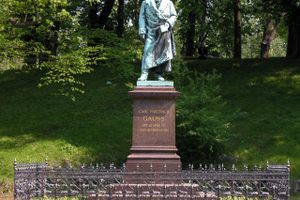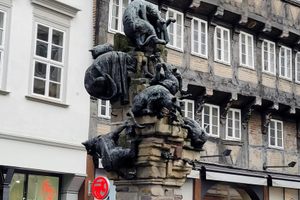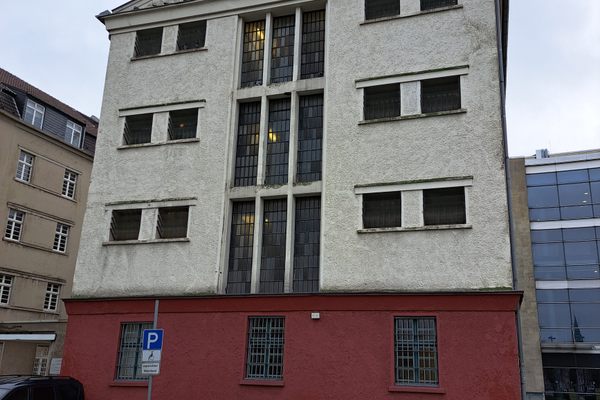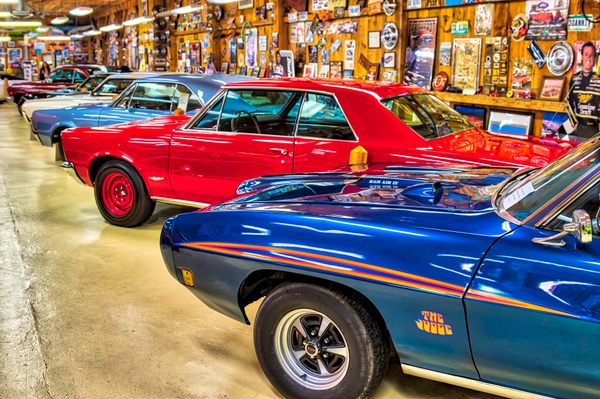About
Stepping out of many train stations in Germany, visitors are greeted by the sight of medieval spires and signs pointing towards the Altstadt (old city). The city of Wolfsburg swaps the church towers with the smoke stacks of the Wolfsburg Volkswagen Plant, and in absence of an Altstadt, the city cheekily calls its center the Autostadt (car city). The massive complex pulls double duty as both a major tourist attraction and the beating heart of the city’s economy.
Originally called Stadt des KdF Wagen bei Fallersleben (City of the Strength Through Joy Car at Fallersleben), the planned town and factory that eventually became Wolfsburg was built in 1938. The Strength Through Joy campaign was a branch of Nazi philosophy that sought to make previously-considered luxury activities and standards accessible to the common German, such as motor car ownership. Volkswagen translates to “Car of the People” and while the concept of tethering a certain automobile to a society is older than Nazism, the Volkswagen Beetle came about as a direct result of a request from Adolf Hitler to build a low-cost automobile with specific conditions; the car must be able to carry two adults and three children, travel up to 100 km/h, and be affordable to the average family.
Adolf Hitler himself laid the cornerstone for the automobile factory on May 26th, 1938. Because of the war, the plans for the Beetle never fully soared, and the factory ended up producing military equipment and vehicles, staffed by forced workers and prisoners of war. In 1998, Volkswagen admitted the majority of its workforce during the war came from slave labor, sourced from nearby concentration camps. The factory produced the infamous V-1 flying bomb, making it a prime target for Allied bombing raids. When the war ended, the factory survived several near dismantlings, saved in the end by one ambitious British officer, Major Ivan Hirst. Over time, the factory began to produce the famous automobiles the brand is known for today. Construction on the Autostadt began in 1994 after the company decided to document how the cars were made.
Today, besides churning out automobiles, the Autostadt has snowballed into a huge entertainment, tourist, and food complex. There are Volkswagen museums and multiple restaurants serving up the famous Volkswagen Currywurst. Strangely enough, Volkswagen’s most produced “part” is in fact the currywurst sausage. An estimated six to seven millions units per year are sold, and locals can pick them up in supermarkets as well.
Related Tags
Know Before You Go
Day passes to the Autostadt are €18 per adult.
Community Contributors
Added By
Published
April 27, 2023































